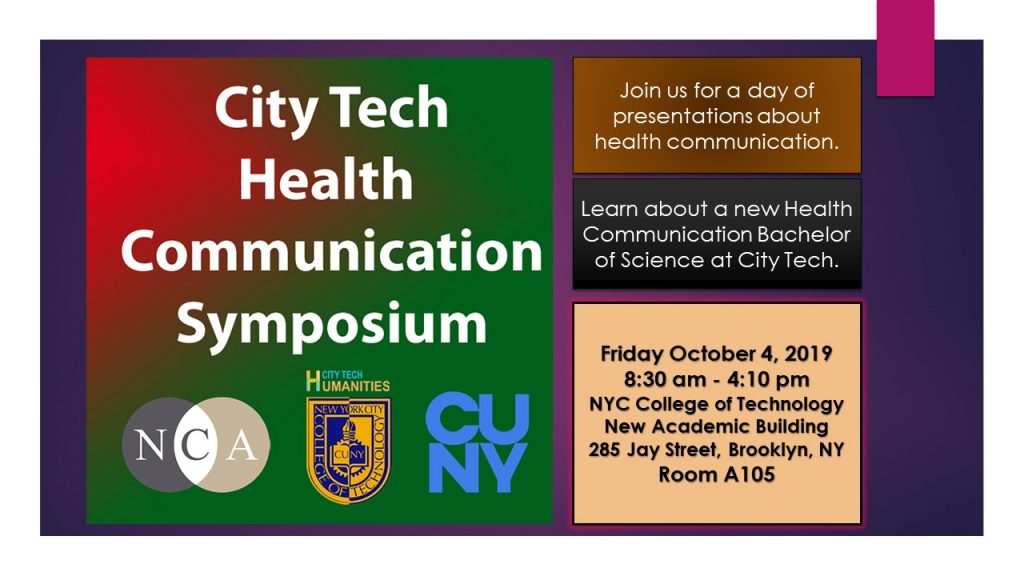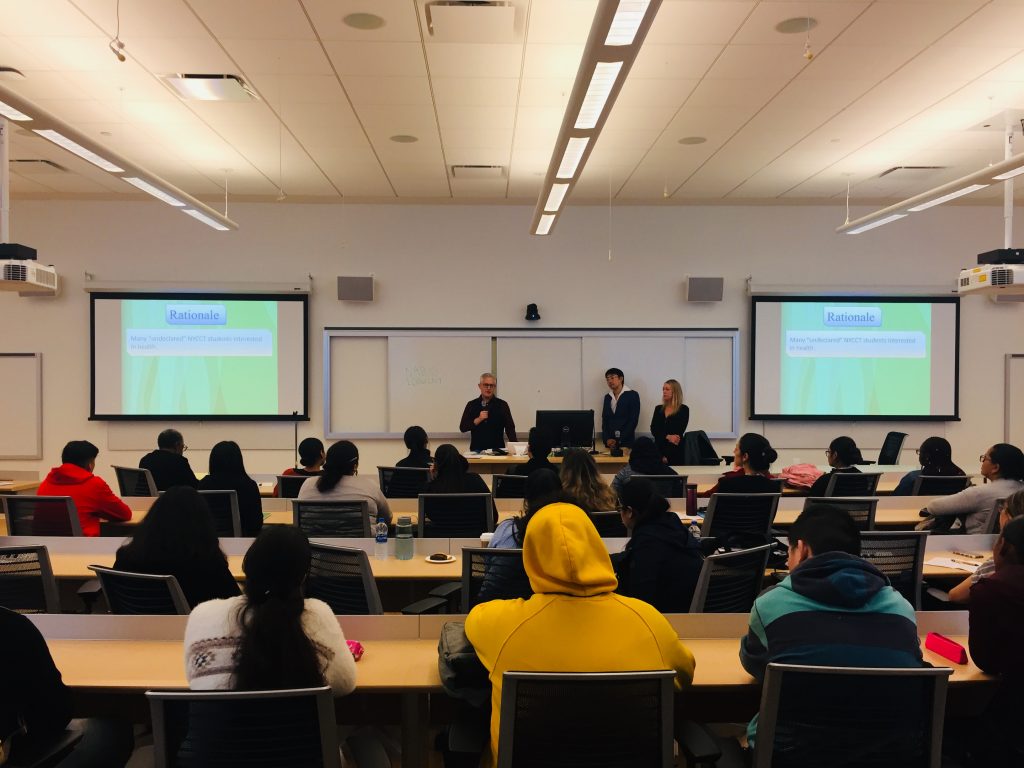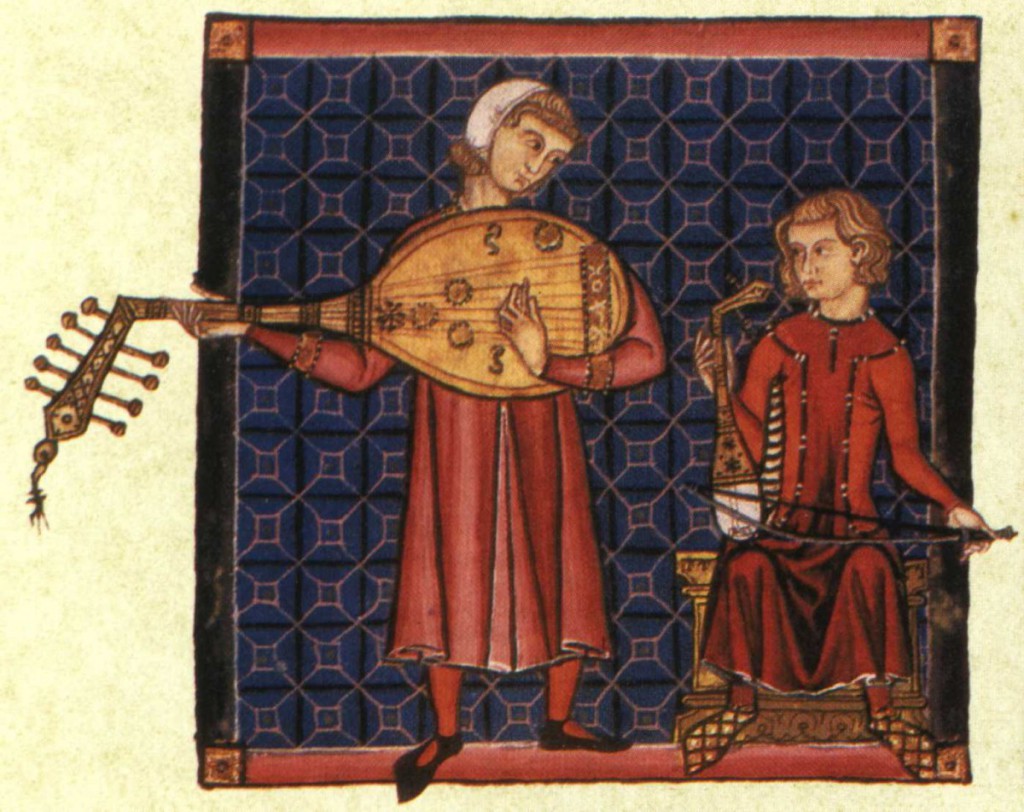Submitted by David Lee On Friday, October 4, 2019, the Humanities Department held The City Tech Health Communication Symposium. The all-day conference featured 11 different presentations related to communicating in health care and public health. The plenary speaker was Cindy Smalletz, Program Director of the Columbia University Narrative Medicine Program, who spoke about narrative medicine health care. Gary Kreps, University Distinguished Professor of Communication and Director of the Center for Health and Risk Communication at George Mason University, who is a founder of health communication as an academic field, was the next keynote speaker, and he took the audience on a tour of the discipline. The third keynote speaker, Renata Schiavo, Senior Lecturer at the Columbia University Mailman School of Public Health, wrote the book Health Communication from Theory to Practice and she introduced a new paradigm in Health Communication, focused on health equity.
On Friday, October 4, 2019, the Humanities Department held The City Tech Health Communication Symposium. The all-day conference featured 11 different presentations related to communicating in health care and public health. The plenary speaker was Cindy Smalletz, Program Director of the Columbia University Narrative Medicine Program, who spoke about narrative medicine health care. Gary Kreps, University Distinguished Professor of Communication and Director of the Center for Health and Risk Communication at George Mason University, who is a founder of health communication as an academic field, was the next keynote speaker, and he took the audience on a tour of the discipline. The third keynote speaker, Renata Schiavo, Senior Lecturer at the Columbia University Mailman School of Public Health, wrote the book Health Communication from Theory to Practice and she introduced a new paradigm in Health Communication, focused on health equity.
Other topics included: The opioid crisis; collaborations between the arts and sciences; health inequalities; social marketing; language access for Spanish speakers; communication skills training; and video games designed to raise awareness about binge drinking. In addition to scholars from academic institutions across the tri-state area, a number of City Tech scholars shared their work, including Humanities professors Denise Scannell, Sandra Cheng, Zheng Zhu and David Lee, representing the School of Arts and Sciences. Other speakers were from Nursing, Dental Hygiene, Health Sciences and other departments at City Tech.
The event was made possible by an “Advancing the Discipline” grant from the National Communication Association. The grant provided honorariums for the keynote speakers and breakfast and lunch, catered by the cafeteria. The Humanities Department presented a new Health Communication Bachelors of Science program at City Tech, which is the first communication program at CUNY with a health focus.
The symposium was well attended, with each presentation initiating a lively discussion, and the organizers received many positive comments from the presenters and guests. For the organizers, the event was an opportunity to build capacity in the health communication field, connecting with leading experts and addressing important issues related to public health and patient safety. The night before the event, keynote speaker Kreps attended Professor Lee’s class COM 2403 ID Health Communication and spoke at length about communication technologies used in medical care, displaying his enthusiasm for the field.
In his gracious introductory remarks, SoAS Dean Justin Vazquez-Poritz amended the name of the event, referring to it as “the first annual” Health Communication Symposium. While future iterations of the symposium aren’t certain, and are contingent on funding, the Humanities Department appreciates the opportunity bring health communication ideas and scholarship to City Tech.





